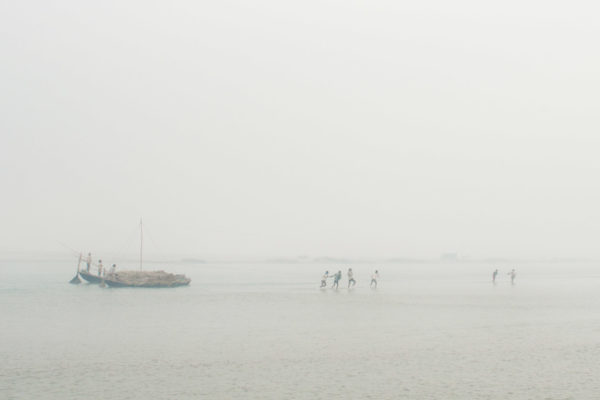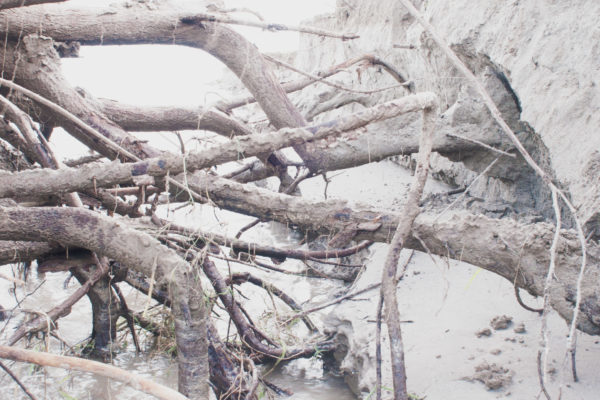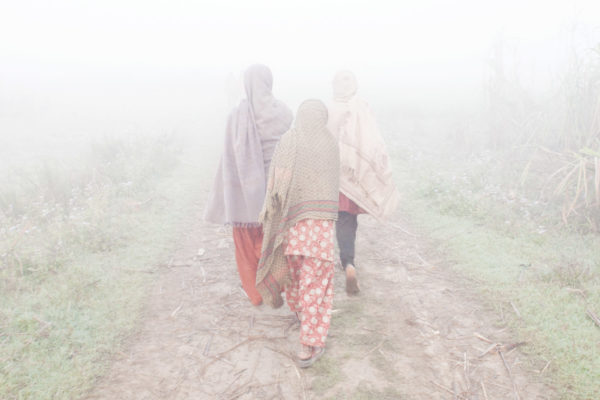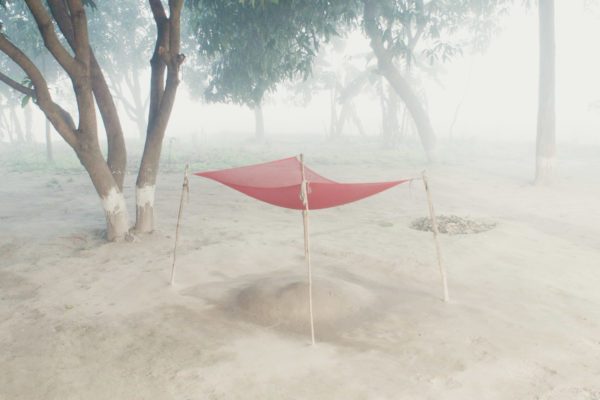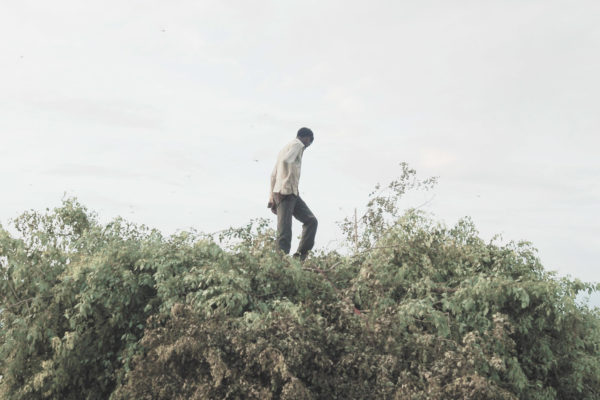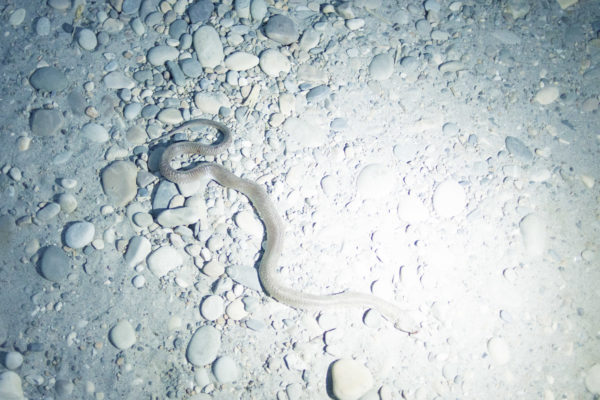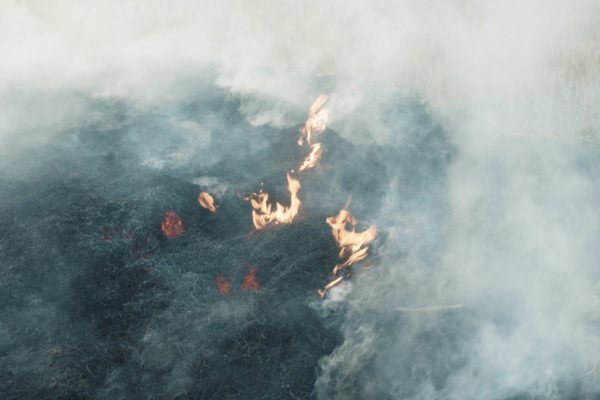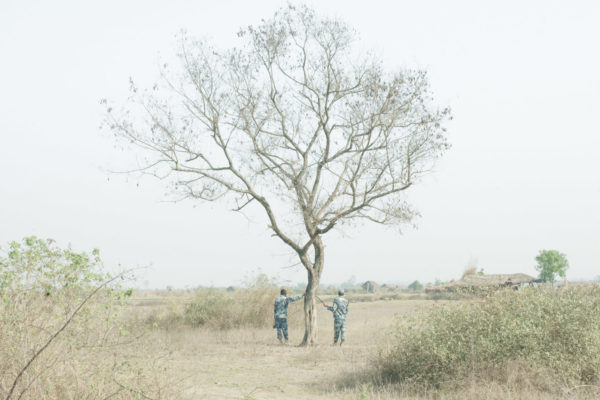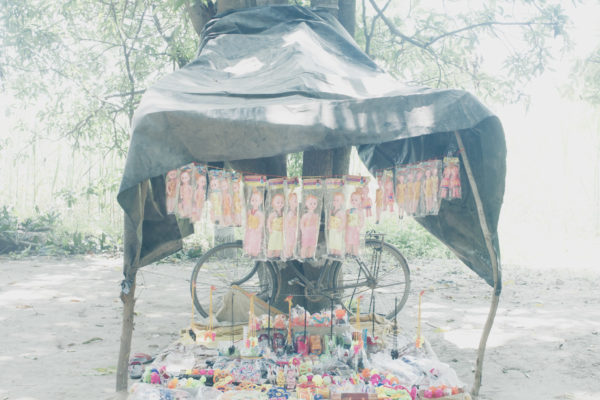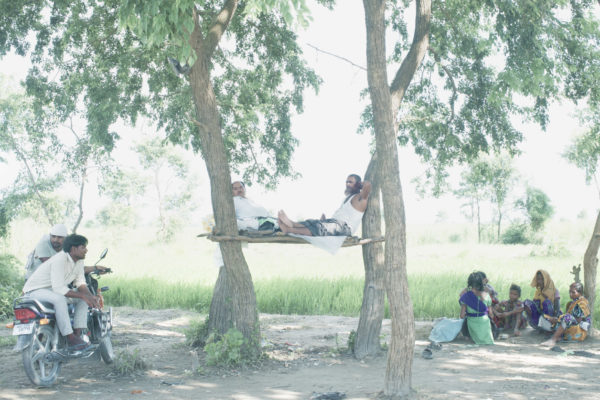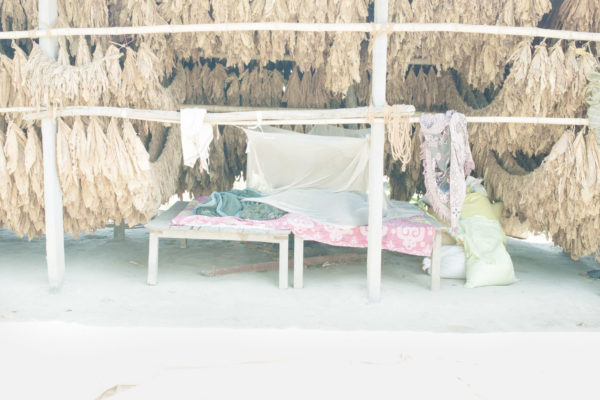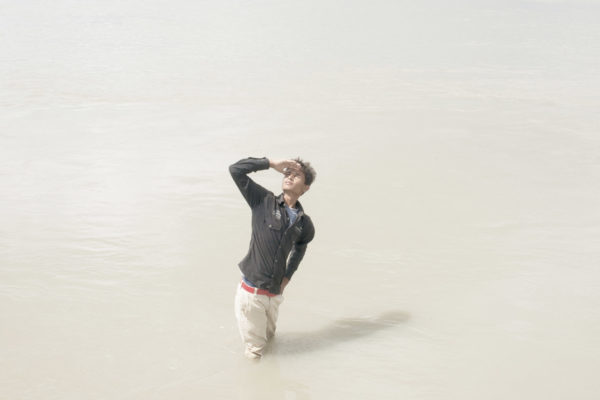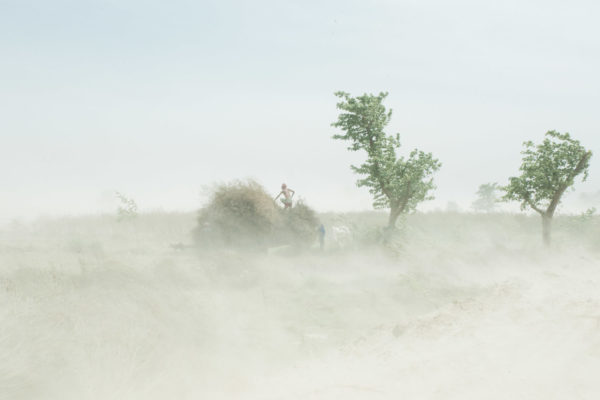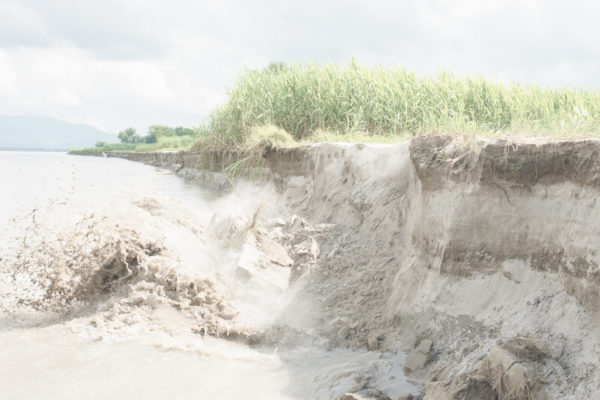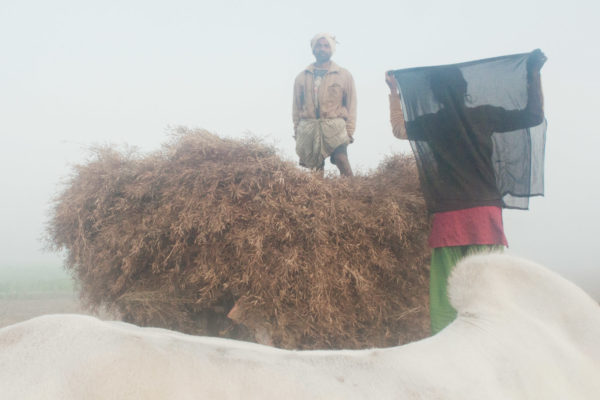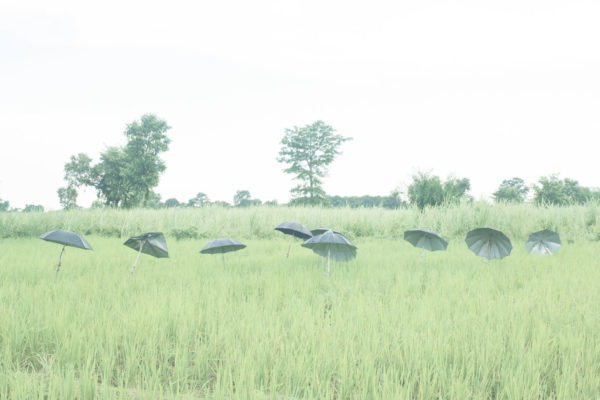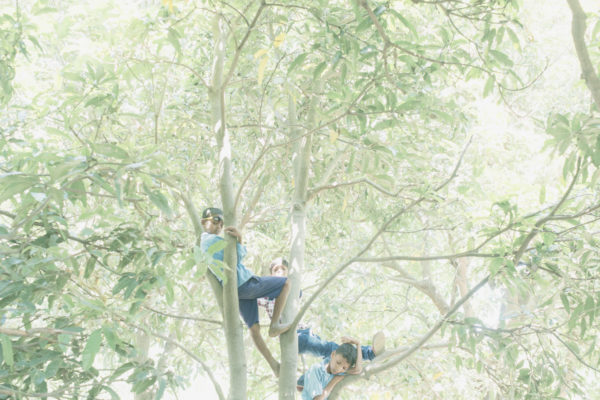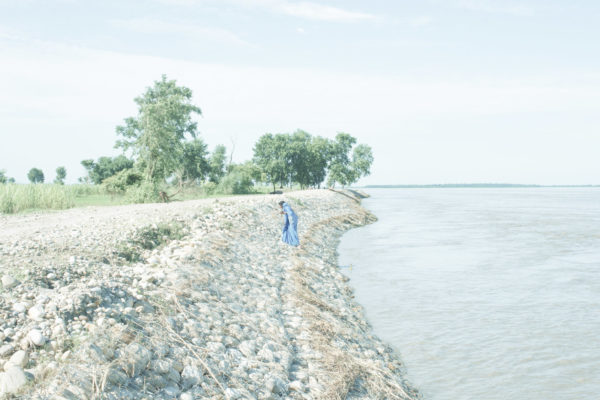Abstract of the accomplished photographic work
Change of Course
Susta was once perched firmly on the west bank of the Narayani River, border between Nepal and India. But the river changed course, cutting persistently into Nepali territory. Susta today finds itself on the east bank of the Narayani. India maintains that the new course of the river is the international boundary while Nepal disagrees. Susta, thus, remains contested – claimed by Nepal, hemmed in on three sides by India and on one by the Narayani.
Every year, someone loses their farmland, their livelihood, to the river. Since the retaining walls and the subsequent bridge have been built Susta does seem to have breathed a sigh of relief. Good signs, however, are few when it comes to Susta’s volatile politics. In spite of persisting problems, locals are hopeful. I, however, am inclined to be a little more skeptical: if there’s anything Susta’s history has shown us, it’s that hope is best leavened by caution but hope is necessary and in the case of Susta even powerful.
Description of the project you intend to pursue through the Prize
In April 2006, after a decade long war, Nepal became a federal republic. Massive public protests led to the removal of many royal statues, symbols of the ousted regime. With a new system, there is a surreal proliferation of kitschy concrete statues marking local identity through exaggerated representations of local produce and fauna. These icons – giant avocados, alcohol jars, crows stand as peculiar monuments, a testament to the country’s changing values. Experts call the statues wasteful, potentially corrupt expenditures, yet their undeniable visual impact turns mundane streets into bizarre open-air galleries.
I will capture these statues at night with long exposures, stripping them of their daytime context and rendering them isolated, almost alien objects in deserted landscapes. The book, a satirical travelogue, will mirror the statues’ kitsch with vibrant colors. It questions permanence and impermanence, reflecting the oddity of these structures and the nation’s evolving identity.

